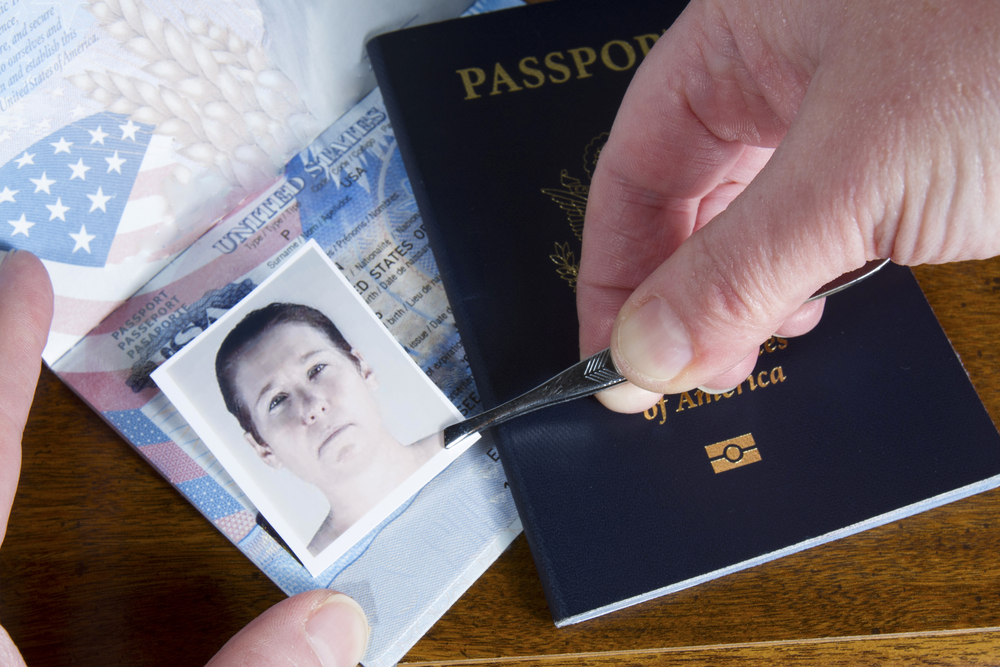
When two separate individuals attempted to enter the United States at the Port of San Luis in Arizona earlier this month, it was new facial comparison technology that identified inconsistencies between the passports and the people who stood before Customs and Border Protection (CBP) officers.
Both individuals were Mexican nationals from San Luis Rio Colorado, Mexico. One presented a border crossing card, while the other presented a lawful permanent resident document — neither, as it turned out, belonged to them. When they were referred to secondary inspection, the truth was confirmed, and CBP arrested both men.
“Facial comparison technology is an important step forward for CBP in protecting the United States from a variety of threats,” Petra Horne, CBP’s acting director of the Tucson Field Office, said. “Criminal elements continually look for creative techniques to enter the U.S. to include using stolen or rented genuine documents. This new facial recognition technology virtually eliminates the ability for anyone to use someone else’s genuine document.”
The identification marks the first time criminals have been caught through biometric technology in a pedestrian land environment. CBP now uses the technology for both entry and exit identification of travelers.
Individuals who are otherwise unable to gain legal entry to the United States will sometimes use U.S. passports that have been stolen, purchased, or “borrowed” to attempt to enter the country illegally. However, using another person’s identity documents to enter the United States represents a violation of U.S. immigration law and could result in criminal prosecution.




